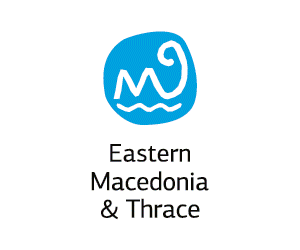Traveler's Guide
East Macedonia & Thrace
Region of East Macedonia & Thrace
The Region of Eastern Macedonia and Thrace occupies the northeastern part of Greece. It borders with Turkey easterly, Bulgaria northern and with the Regional Unit of Serres westerly. Southwest is washed by the Aegean Sea and southeast by the Thracian Sea. It includes the Regional Unities: Drama, Kavala, Xanthi, Rodopi and Evros.
It has a total area of 14.157 thousand hectares and covers the 10.7% of the total area of the country.
Also includes two major islands of Thracian Sea, Thassos and Samothrace.
Crossroad of major sea and land routes by which, for thousands of years, are moving people and goods, ideas and habits to and from the four cardinal points: from the Black Sea and Asia to Western Europe and from North Europe and the Balkans to the Mediterranean and North Africa.
The traces of its history, that start from the Paleolithic season and arrive to our days, are everywhere: caves, rock paintings, forts, temples, theaters, citadels, mines, graves, tumuli, marble quarries, Christian monuments, monasteries and holy places , aqueducts, Islamic monuments, traditional villages, Megara, mansions, tobacco warehouses.
The Region of Eastern Macedonia and Thrace, during the ancient times, was covered by forests at the rate of about 80%, but today this percentage has limited to 55% per area. In its extent there are trackless forests, virgin nature, high mountains, rich flora and fauna, large rivers, lakes and lagoons and an endless coastline with clear blue waters and friendly beaches.
The region is a place of music, dance, feast and ritual. Dionysus and Orpheus never left from this earth. The reversals of nature (winter, spring, etc.) give an opportunity for reversals of another class: masquerading and walking over fires, and outspoken sprees, kidnappings and robberies, all in the context of ritual.
The Levadas Building
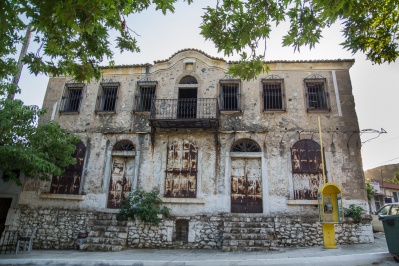 The building is an example of the local architecture, dominated by elements of neoclassical style. It is an example of folk architecture that was prevailed in the Balkan area the ...
The building is an example of the local architecture, dominated by elements of neoclassical style. It is an example of folk architecture that was prevailed in the Balkan area the ...
Folklore Museum and Historical Promotion "Gregory Afxentiou»
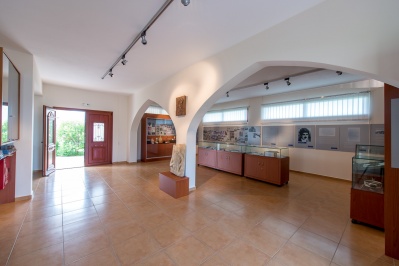 The museum and Historical Promotin "Gregory of Afxentiou" housed in a building that marries the Cyprus with the Thracian pace and located in the village Afxentiou. The purpose of the ...
The museum and Historical Promotin "Gregory of Afxentiou" housed in a building that marries the Cyprus with the Thracian pace and located in the village Afxentiou. The purpose of the ...
Folklore Museum of Orestiadas
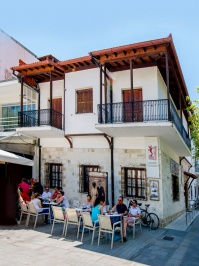 In the Museum exhibited historical and folkloric material in Eastern Thrace, Eastern Rumelia and Western Thrace, period 1800-1950, are mainly of authentic rural and urban traditional Thracian costumes, ecclesiastical items, ...
In the Museum exhibited historical and folkloric material in Eastern Thrace, Eastern Rumelia and Western Thrace, period 1800-1950, are mainly of authentic rural and urban traditional Thracian costumes, ecclesiastical items, ...
Holy Monastery of Saint Silas the Apostle
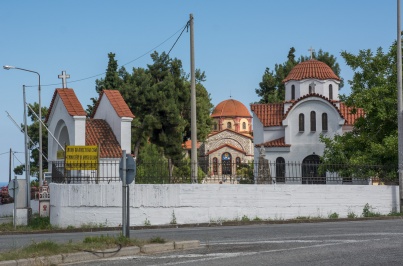 Just three kilometers away from Kavala, following the highway of Thessaloniki-Kavala, exactly where it is coupled with the surviving parts of the old famous Via Egnatia is located the Monastery ...
Just three kilometers away from Kavala, following the highway of Thessaloniki-Kavala, exactly where it is coupled with the surviving parts of the old famous Via Egnatia is located the Monastery ...
Monastery of Archangel Thassos
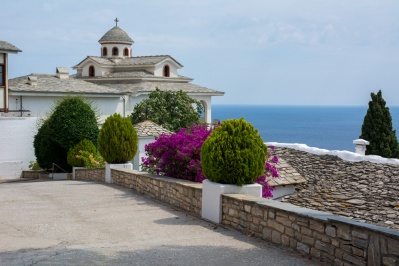 The Nunnery of Archangelos Michael is the greatest and most famous monastery of Thassos and is an important pilgrimage. It is built on the edge of a cliff near the ...
The Nunnery of Archangelos Michael is the greatest and most famous monastery of Thassos and is an important pilgrimage. It is built on the edge of a cliff near the ...
Baptistery of St. Lydia
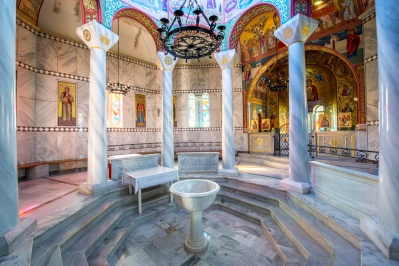 Located 15 km from the city of Kavala and next to the archaeological site of Philippi. There, in the river Zygakti is the point where the Apostle Paul baptized the ...
Located 15 km from the city of Kavala and next to the archaeological site of Philippi. There, in the river Zygakti is the point where the Apostle Paul baptized the ...
Waterfalls of Paranesti's area
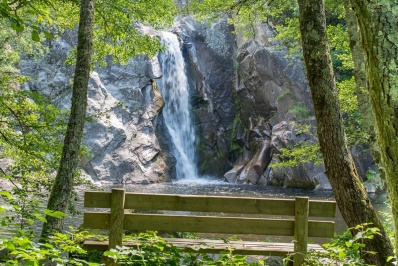 In the wide region of Paranesti, there are many natural waterfalls which are formed in the dense forests, and are particularly impressive. Some of these are described below:• Close to ...
In the wide region of Paranesti, there are many natural waterfalls which are formed in the dense forests, and are particularly impressive. Some of these are described below:• Close to ...
Glykadi
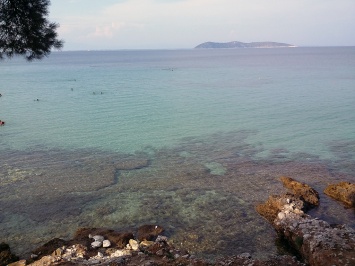 Glykadi beach is a
quiet and beautiful place located 4 km from Limenas, the capital of
Thassos. It is the ideal location if you want to enjoy the panoramic
views ...
Glykadi beach is a
quiet and beautiful place located 4 km from Limenas, the capital of
Thassos. It is the ideal location if you want to enjoy the panoramic
views ...
Makri
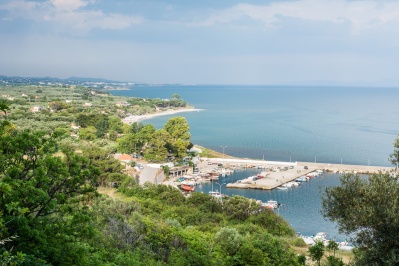 Makri is a charming tourist resort. It has been inhabited since the ancient times and part of the settlement still retains its quaint, traditional character, while there are also the ...
Makri is a charming tourist resort. It has been inhabited since the ancient times and part of the settlement still retains its quaint, traditional character, while there are also the ...
Sidironero
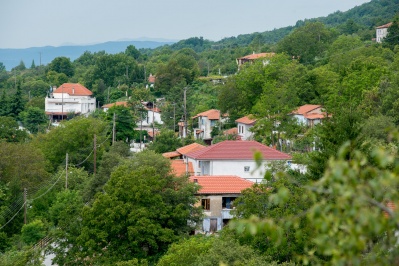 Sidironero is built at an altitude of 630 m and is 45 km far from Drama. Is built in a green environment in the lap of dense Rodopi Mountains and ...
Sidironero is built at an altitude of 630 m and is 45 km far from Drama. Is built in a green environment in the lap of dense Rodopi Mountains and ...






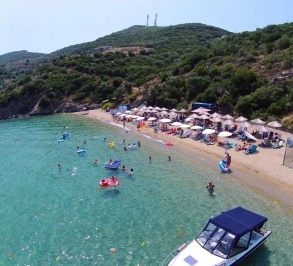
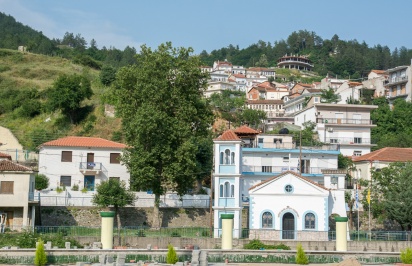 This mountainous town is the center of Muslim Pomaks where mosques, houses, huts, workshops, warehouses and shops are reserved as remnants of an authentic old traditional environment. Special characteristic is ...
This mountainous town is the center of Muslim Pomaks where mosques, houses, huts, workshops, warehouses and shops are reserved as remnants of an authentic old traditional environment. Special characteristic is ...
